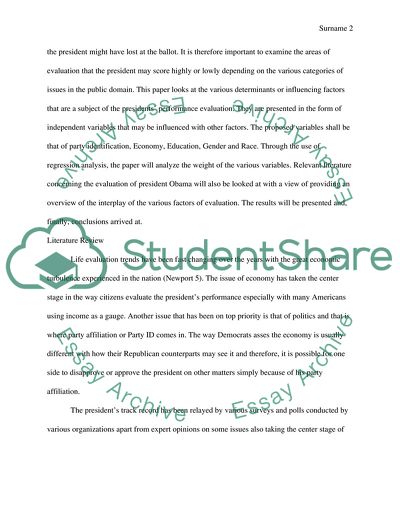Cite this document
(Factors Influencing the Evaluation of President Obama Dissertation, n.d.)
Factors Influencing the Evaluation of President Obama Dissertation. Retrieved from https://studentshare.org/politics/1790345-what-factors-influence-our-evaluation-of-president-obama
Factors Influencing the Evaluation of President Obama Dissertation. Retrieved from https://studentshare.org/politics/1790345-what-factors-influence-our-evaluation-of-president-obama
(Factors Influencing the Evaluation of President Obama Dissertation)
Factors Influencing the Evaluation of President Obama Dissertation. https://studentshare.org/politics/1790345-what-factors-influence-our-evaluation-of-president-obama.
Factors Influencing the Evaluation of President Obama Dissertation. https://studentshare.org/politics/1790345-what-factors-influence-our-evaluation-of-president-obama.
“Factors Influencing the Evaluation of President Obama Dissertation”, n.d. https://studentshare.org/politics/1790345-what-factors-influence-our-evaluation-of-president-obama.


